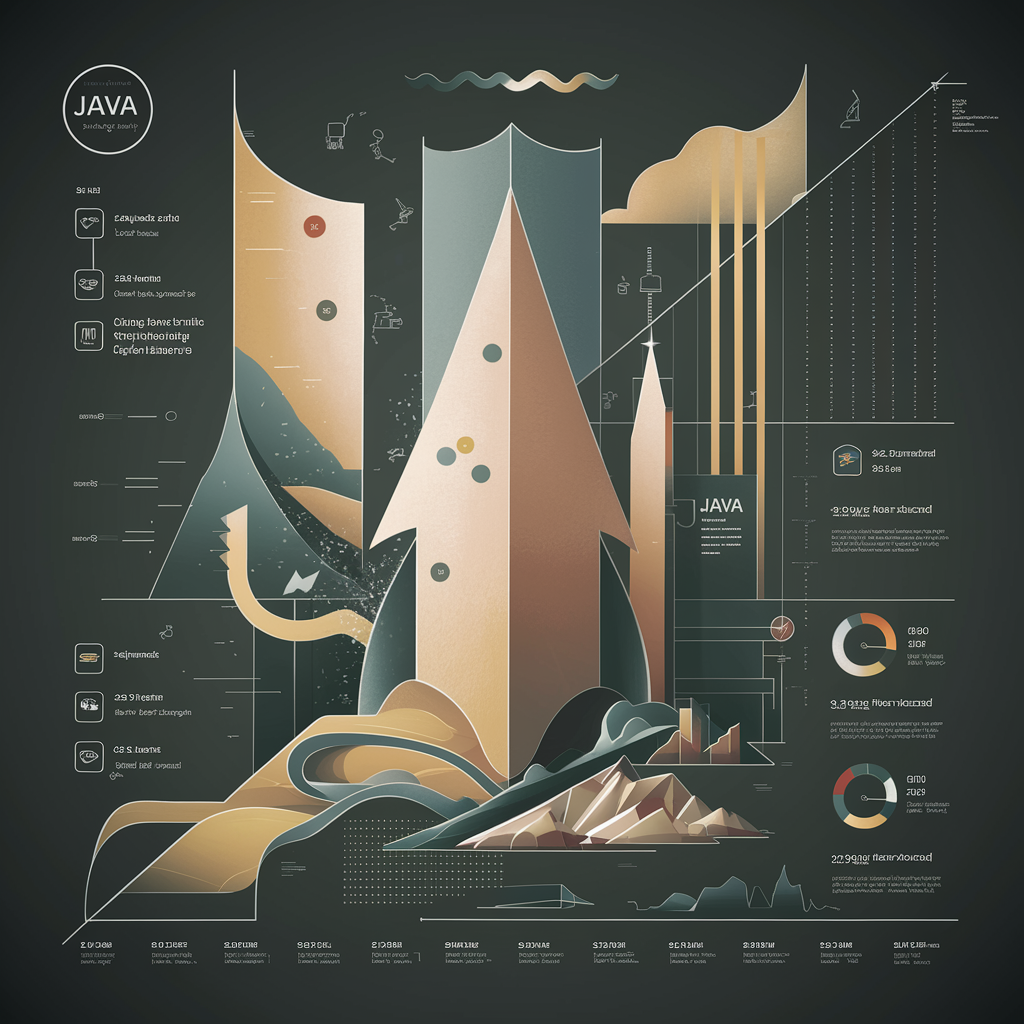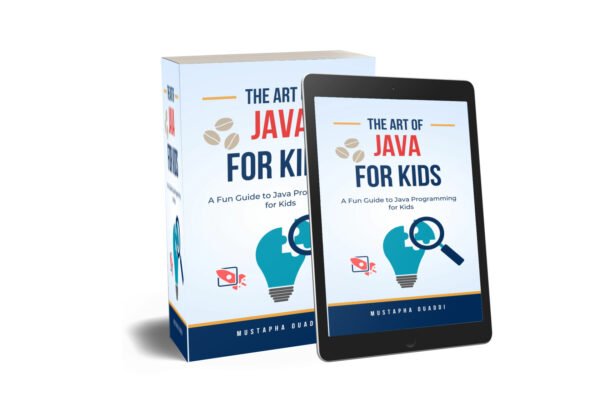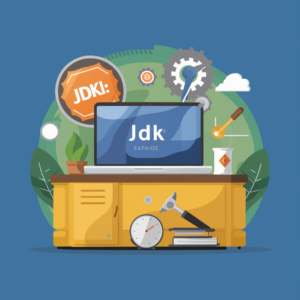Java For Kids
Starting with the basics of Java syntax and control flow, the ebook gradually progresses to more advanced topics such as object-oriented programming, file input/output, error handling, and more. Each chapter is carefully crafted to provide a solid understanding of Java concepts while keeping young readers engaged and motivated.
Java, one of the most influential programming languages, has undergone significant evolution since its inception in the mid-1990s. Its journey from a simple language for interactive television to the robust, ubiquitous language it is today is a fascinating story of innovation and adaptation.
Origins: The Birth of Java
Java was conceived in 1991 by James Gosling, Mike Sheridan, and Patrick Naughton at Sun Microsystems as part of the Green Project. The project aimed to develop a language for interactive television. However, this idea was ahead of its time, and the team quickly pivoted towards creating a language for the burgeoning Internet era. Originally named Oak (after an oak tree outside Gosling’s office), the language was renamed Java in 1995 due to trademark issues.
The Early Years: Java 1.0 to Java 1.4
Java 1.0 (1996): Java was officially released by Sun Microsystems in January 1996. It was revolutionary because of its “Write Once, Run Anywhere” (WORA) capability, enabled by the Java Virtual Machine (JVM). This release included the core components of Java: the Java Development Kit (JDK), the JVM, and the Standard Libraries.
Java 1.1 (1997): This version introduced significant improvements, including the JDBC (Java Database Connectivity) API for database access, inner classes, JavaBeans, and RMI (Remote Method Invocation).
Java 1.2 (1998): Known as the “Java 2” platform, this release marked a significant milestone with the introduction of the Swing graphical API, the Collections framework, and the concept of “Java Plug-in” for running Java applets in web browsers.
Java 1.3 (2000): Enhancements in this version focused on performance improvements, the addition of the HotSpot JVM, and the inclusion of the JavaSound API.
Java 1.4 (2002): This release brought important features such as the assert keyword, regular expressions, the XML parser, and NIO (New Input/Output), which provided non-blocking I/O operations.
The Middle Years: Java 5 to Java 7
Java 5 (2004): Originally known as Java 1.5, this release was later rebranded to Java 5. It introduced major language features like generics, metadata (annotations), enumerated types, the enhanced for loop, and the concurrency utilities. These additions greatly enhanced the language’s capabilities and usability.
Java 6 (2006): This version, codenamed Mustang, focused on performance improvements and enhancements in the core API. It introduced scripting support through the inclusion of the Java Compiler API and improvements in Web Services.
Java 7 (2011): Java 7, codenamed Dolphin, introduced significant language enhancements such as the try-with-resources statement, the diamond operator, and the switch statement with strings. Additionally, it included the NIO.2 (New Input/Output) library, which improved file system operations and asynchronous I/O.
The Modern Era: Java 8 to Java 17
Java 8 (2014): This was a groundbreaking release, introducing lambda expressions, the Stream API, the new Date and Time API (java.time), and default methods in interfaces. These features revolutionized how Java was written and laid the groundwork for more functional programming styles within Java.
Java 9 (2017): The key feature of Java 9 was the module system (Project Jigsaw), which allowed for modular development and deployment. Other notable additions included the JShell (an interactive Java REPL) and improvements to the Stream API.
Java 10 (2018): This release introduced local-variable type inference with the var keyword, enhancing the language’s conciseness and readability.
Java 11 (2018): As a Long-Term Support (LTS) release, Java 11 included features like the HTTP Client API, local-variable syntax for lambda parameters, and numerous API enhancements. It also marked the transition of Java development to a more rapid release cadence.
Java 12 to Java 16 (2019-2021): These releases introduced a host of incremental improvements and new features, including switch expressions (Java 12), the new memory model (Java 14), records (Java 14), text blocks (Java 13 and Java 14), and pattern matching for instanceof (Java 16).
Java 17 (2021): As another LTS release, Java 17 consolidated many of the enhancements from previous versions. It introduced sealed classes, enhanced pattern matching, and provided further refinements to the language and JVM performance.
The Future of Java
Java continues to evolve with a planned feature release every six months. This rapid iteration allows for continuous improvement and timely integration of modern programming paradigms and features. The stewardship of the language by Oracle, combined with the vibrant open-source community around the OpenJDK project, ensures that Java remains relevant and powerful for modern software development.
In conclusion, Java’s history is a testament to its adaptability and enduring appeal. From its humble beginnings to its current status as a cornerstone of enterprise and mobile development, Java has consistently evolved to meet the needs of developers worldwide. Its future looks promising, with a roadmap focused on maintaining its robustness, performance, and developer productivity.
Java #JavaProgramming #JavaHistory #JavaEvolution #Java8 #Java17 #JavaVersions #JavaDevelopment #JavaVirtualMachine #JVM #JavaSE #JavaEE #JavaFeatures #JavaUpdates #JavaReleases #ProgrammingLanguages #SoftwareDevelopment #SunMicrosystems #Oracle #OpenJDK #JamesGosling #JavaTrends #TechnologyHistory #SoftwareEngineering






